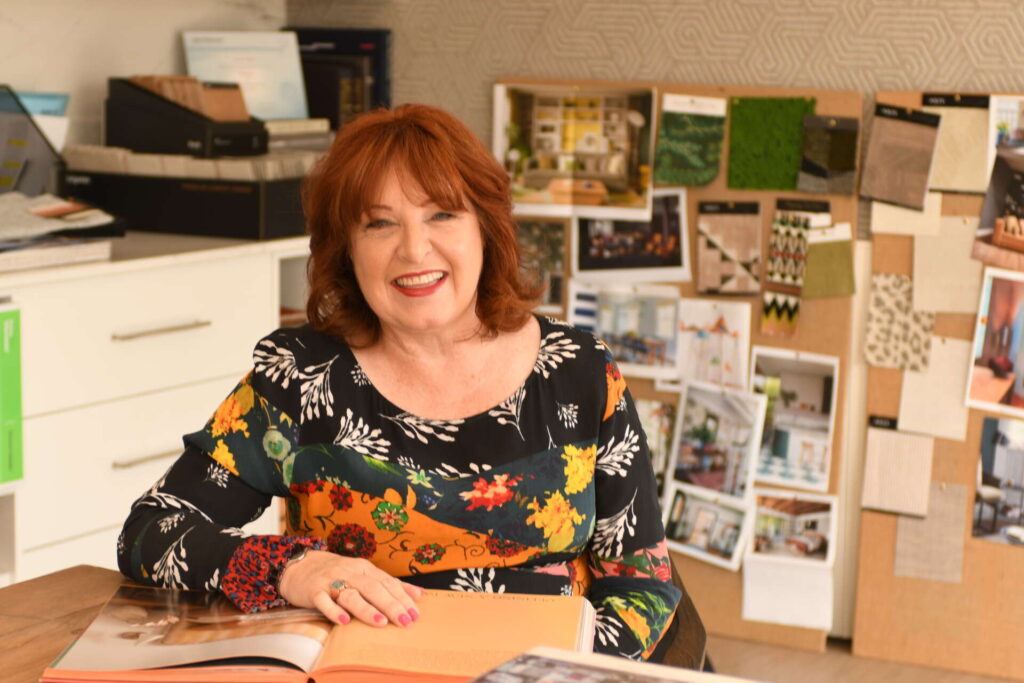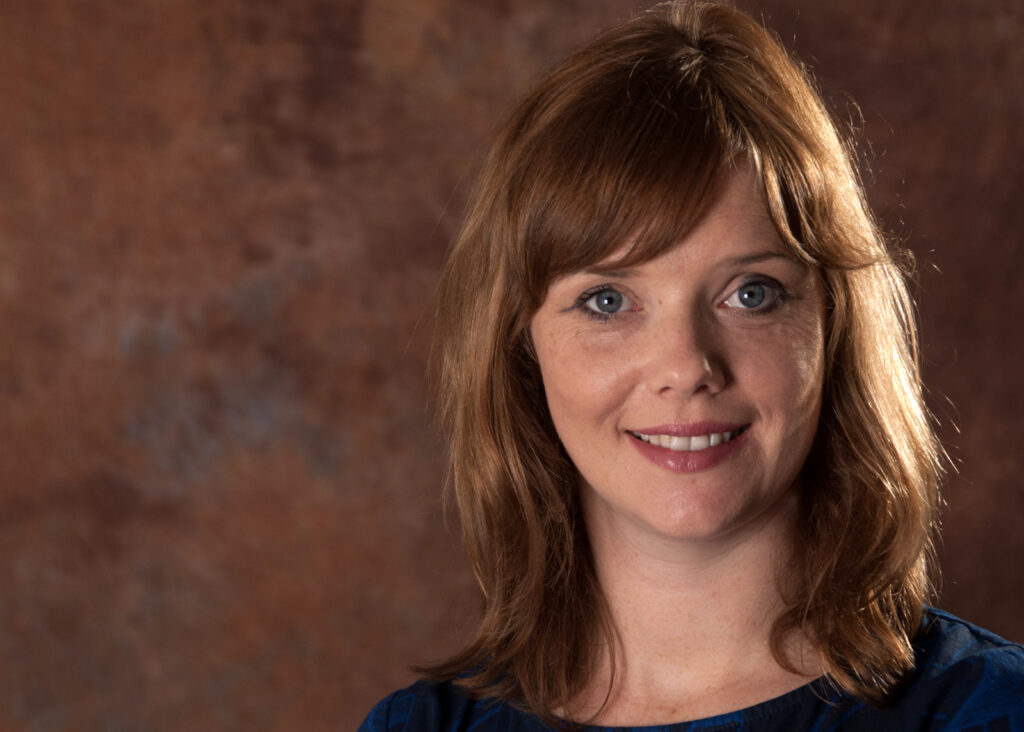Professional lighting equipment can help a photographer create better portraits when the available or ambient light in a location is not suitable. The right lighting equipment can help a photographer to control the light, create the desired mood, and highlight the subject’s features.
When the available light is not suitable, professional lighting equipment can help to create a more flattering and even light. For example, if the available light is too harsh, a softbox can be used to diffuse the light and create a more even and flattering light. Similarly, if the available light is too dim, a strobe light can be used to provide additional light and create a more even exposure.
Professional lighting equipment can also help to create a specific mood or atmosphere in a portrait. For example, a warm light can be used to create a cozy and intimate mood, while a cool light can be used to create a more dramatic and intense mood. The right lighting equipment can help to create the desired mood and enhance the overall impact of the portrait.
Finally, professional lighting equipment can help to highlight the subject’s features and create a more flattering portrait. For example, a key light can be used to highlight the subject’s face and create a more three-dimensional look. Similarly, a fill light can be used to fill in any shadows and create a more even exposure. By using the right lighting equipment, a photographer can create a more flattering and impactful portrait.
In conclusion, professional lighting equipment can help a photographer to create better portraits when the available or ambient light in a location is not suitable. The right lighting equipment can help to control the light, create the desired mood, and highlight the subject’s features, resulting in a more flattering and impactful portrait.


